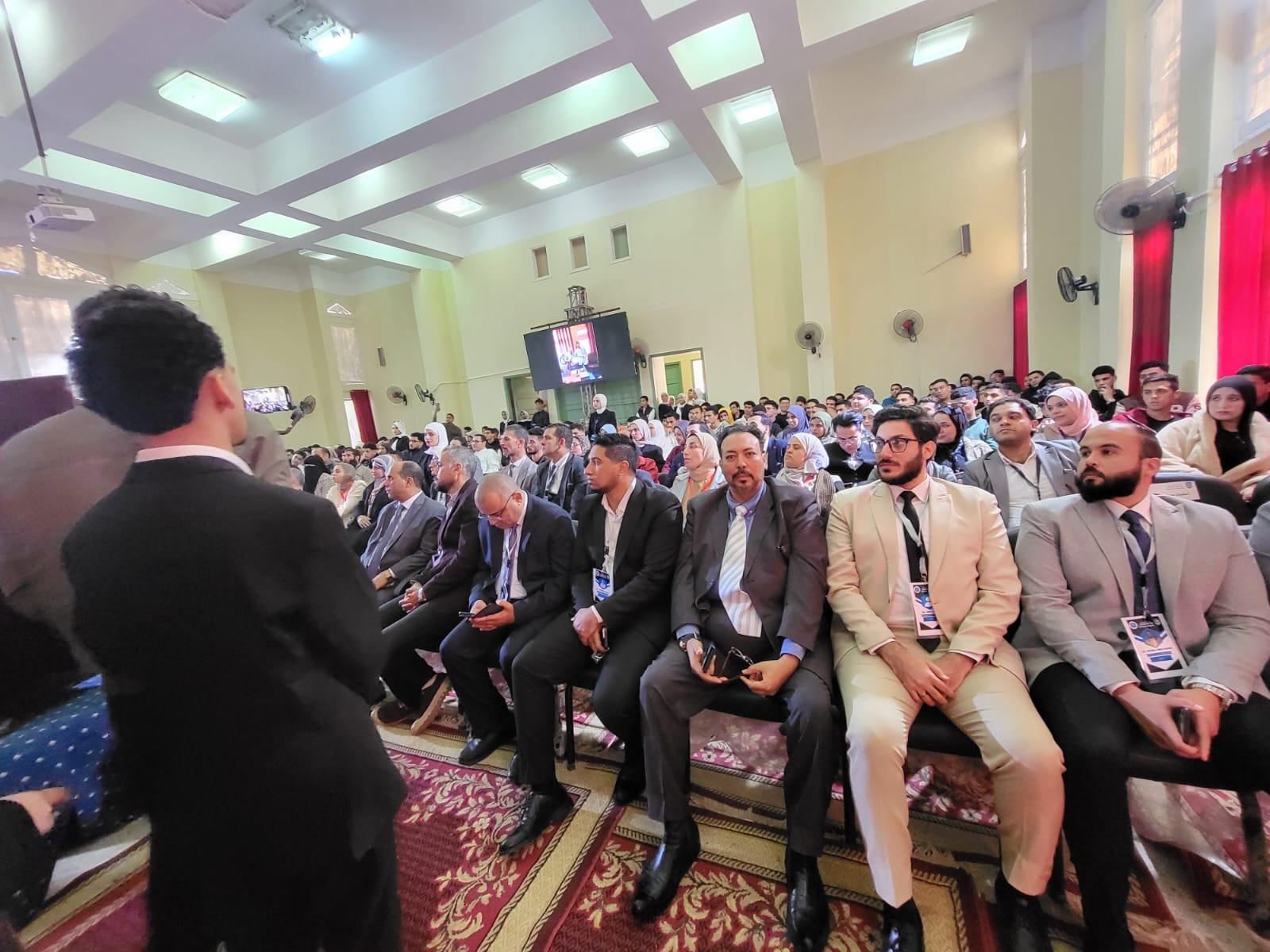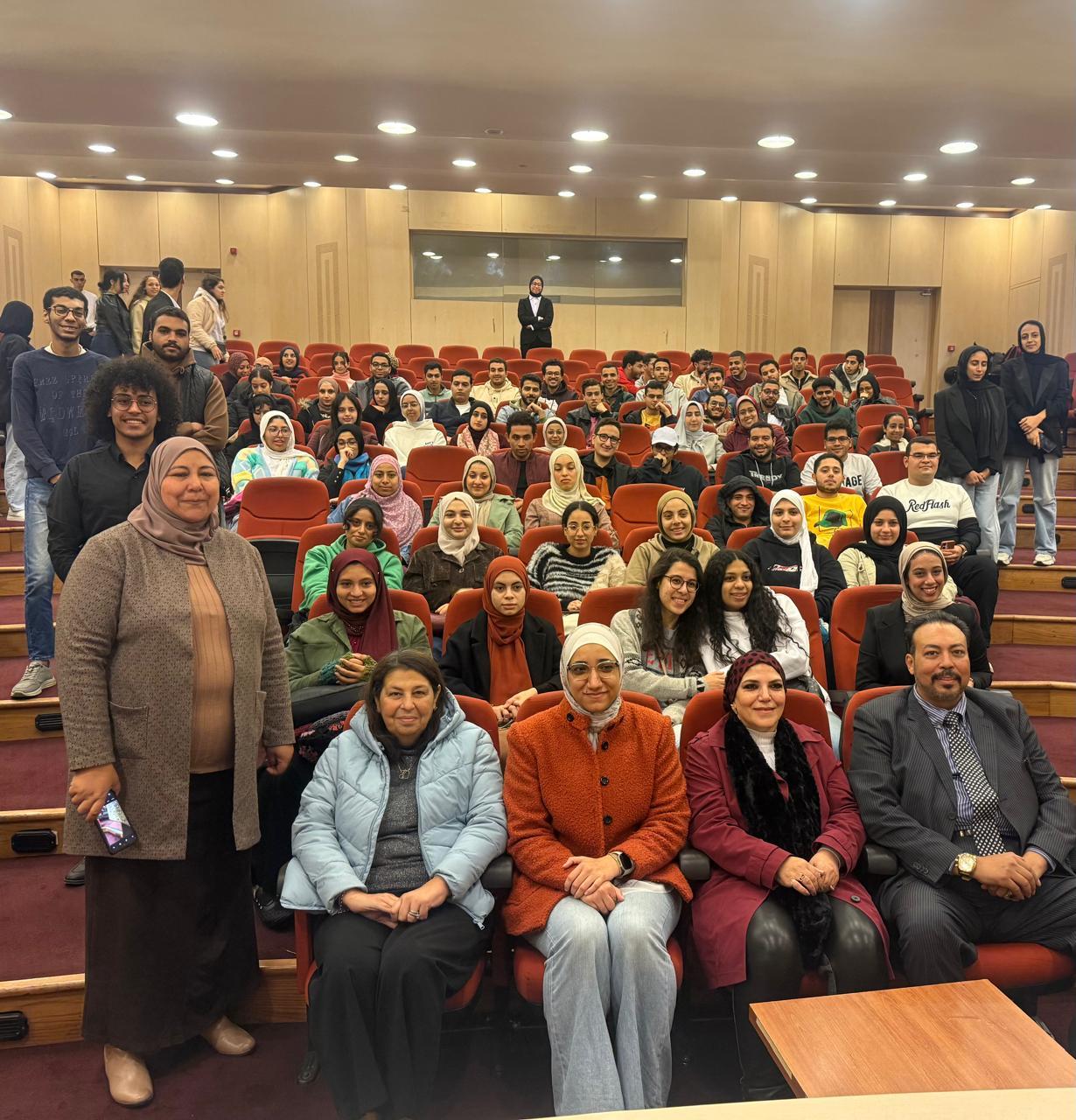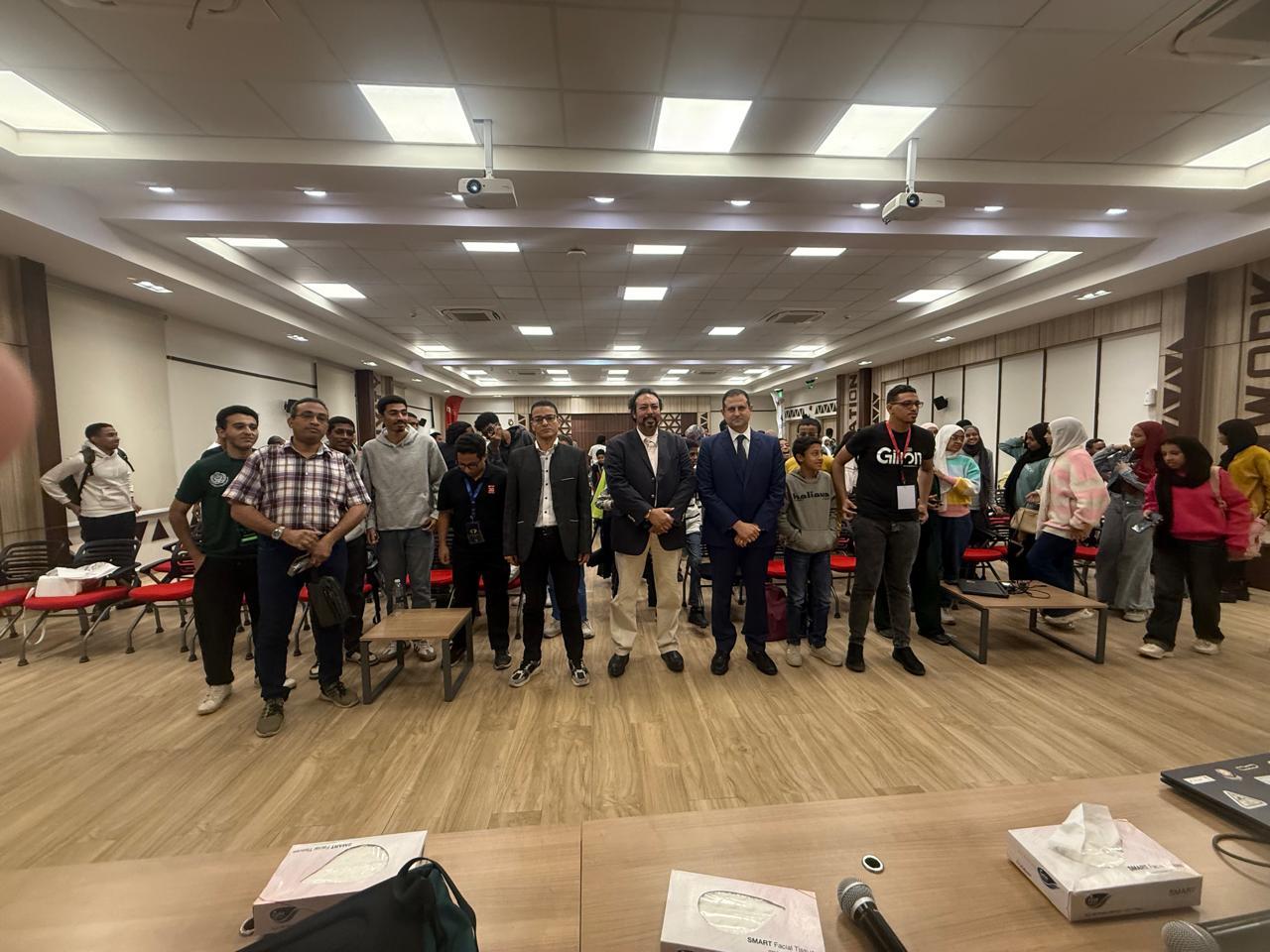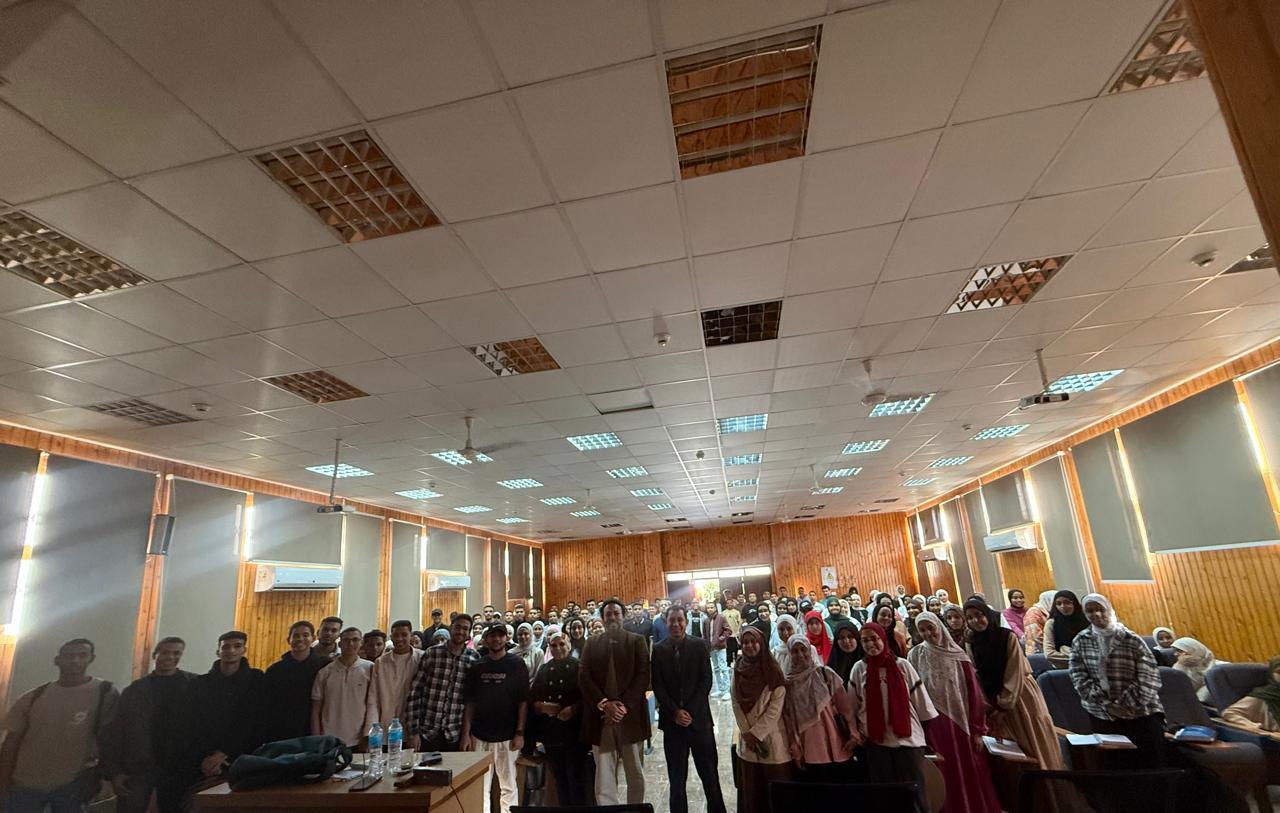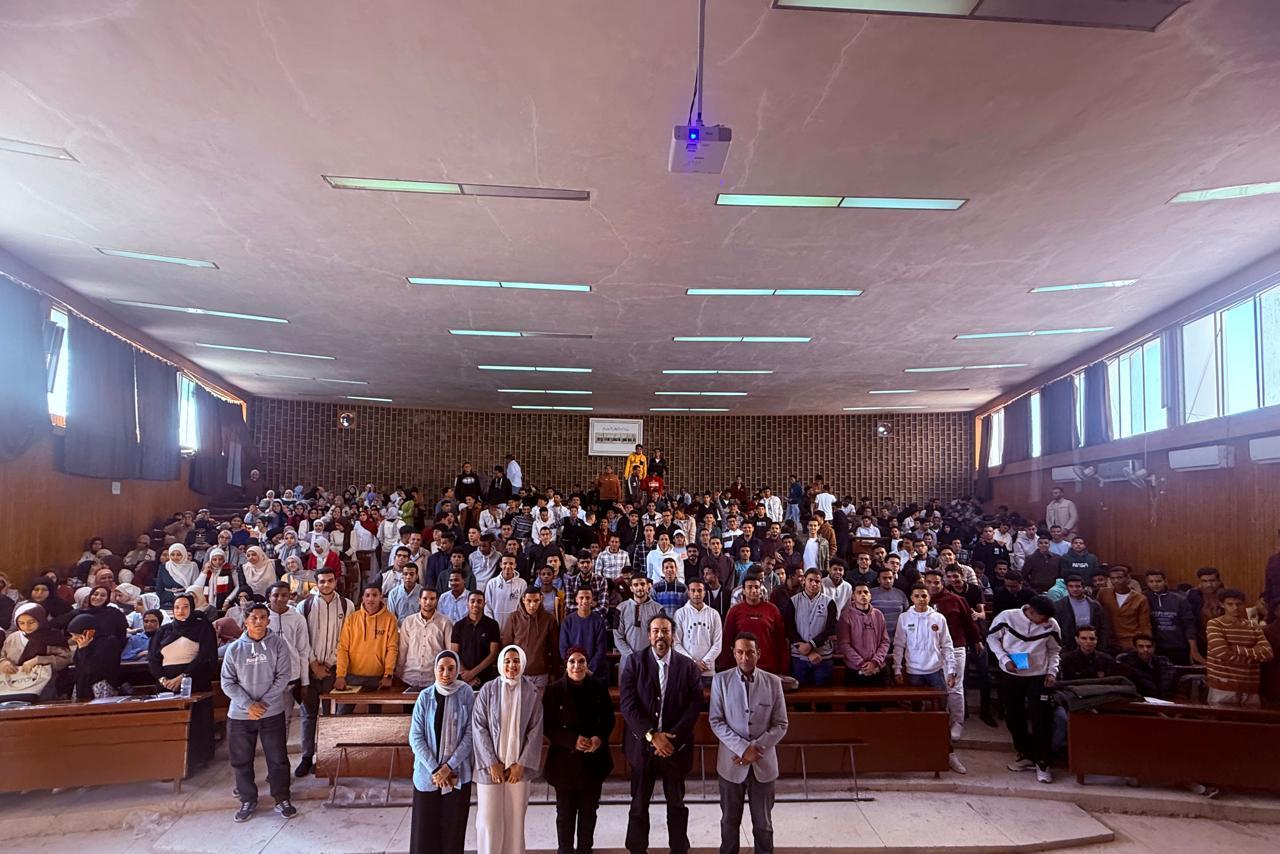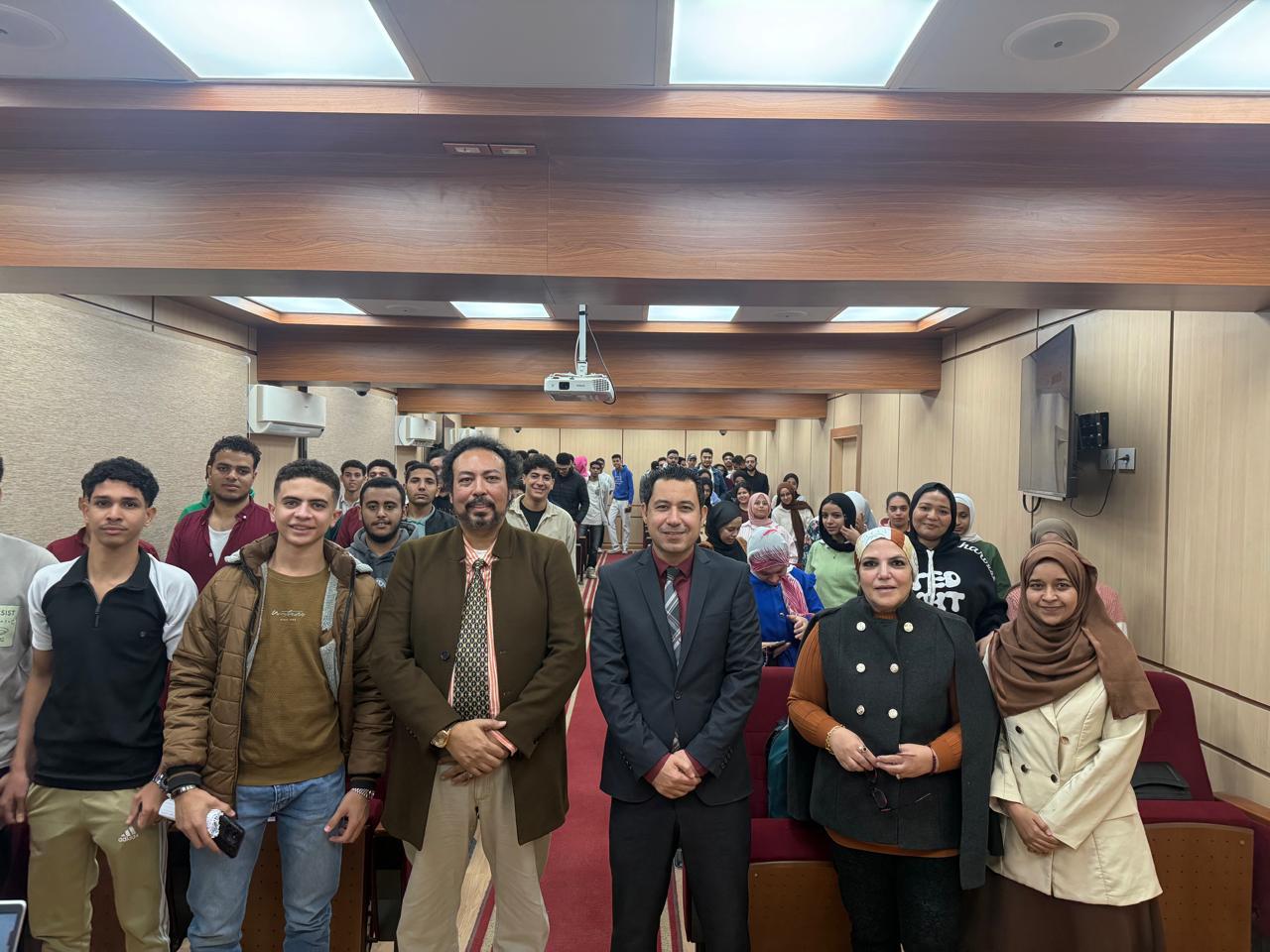By Lucky La Riccia,
Head of Digital Services at Ericsson Middle East and Africa
Digitalization is shaking up a variety of industries. Mobile operators
face the challenge of digitalizing themselves - so that they in turn
can accelerate the digital transformation of their business customers.
If operators do not transform, they will miss out on the opportunities
offered by 5G and IoT.
The MEA region’s telecom market has seen a strong uptake of LTE and
there is a high smartphone penetration (for more details, please read
the Ericsson latest Mobility Report). Increased smartphone usage -
together with a large increase in the number of IoT devices using LTE
– will lead to significant data consumption growth. As MENA service
providers prepare to switch on 5G, they need to increase investment to
improve coverage, reliability, and speed to ensure customer
experiences do no suffer.
In my conversations with some of the leading mobile operators across
the region, it is clear for them that automating network management
and operations are crucial steps in their modernization strategy. They
also get that network automation is fundamental to manage 5G/IoT
complexity and efficiently deliver 5G services to customers.
As MENA operators continue to move network functionality from
proprietary hardware over to software, here are some of the key
questions I am often asked: How can I use automation to gain cost
efficiencies? What’s the best way to reduce customer service time? How
can data analytics help me gain insights to offer services that my
customers desire in a 5G/IoT world?
To present a reliable solution to these questions, Ericsson
commissioned MIT Technology Review Insights to interview experts
within global telecom operators – resulting in a report titled
“Network automation: Efficiency, resilience, and the pathway to 5G”.
The article outlines the value of automating network operations and
where some of the leaders in the field have started.
From the insights of senior technology executives at network operators
globally, the report offers the following conclusions:
1. Face up to disruption: Chief Technology Officers may deem it risky
to purposely disrupt their networks, but some “structural change is
necessary to gain the benefits of automation”. Changes will be needed
to integrate staff with IT backgrounds and programming skills,
essential for operating the network.
2. Make a clearer link to the 5G and IoT future: With so much riding
on 5G and IoT, making the link more explicit to CEOs and CFOs can only
strengthen the automation business case. With traffic levels boosting,
the need for more investment becomes inevitable.
3. Keep the faith with open standards: The MENA region’s service
providers and their ability to capitalize on the opportunities arising
from new technologies require a significant reduction in complexity
within the fragmented operations support area.
Beyond making fuller commitments of their own to one or another
open-source platform, “operators should keep up the pressure on their
vendors to do the same”. Open Network Automation Platforms can
generate even greater value when leveraged to create new services that
support new business models across different verticals that will
emerge from the introduction of 5G.
4. Embrace DevOps: DevOps is a key enabler of successful
software-driven teams and businesses. Arming network staff with new
skills may not be enough to help them thrive in fast-paced cloud
environments. Whether or not new structures are created, “learning
DevOps ways of working across teams can cement the gains achieved from
network automation—and much more”.
5. Don’t be afraid to let go: Automating means trusting software to do
the jobs that manual management and configuration—and the proprietary
tools developed to guide them—performed. “A leap of faith is required
to ‘flip the switch’ over to the automation tool. Delaying this or
maintaining legacy tools for redundancy purposes are likely to negate
at least some of the gains of automation.”
With greater adoption of automation, I am confident service providers
in the Middle East and Africa can slash operations costs and introduce
services more quickly, become fully prepared to manage complexity and
exceed customer expectations in the era of Digital Transformation –
likely through services that we have yet to invent






































































